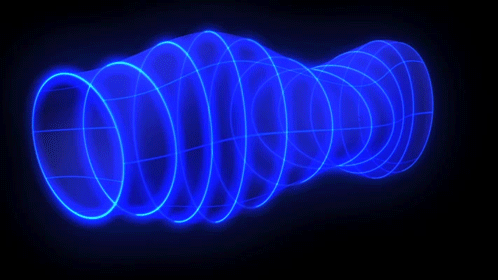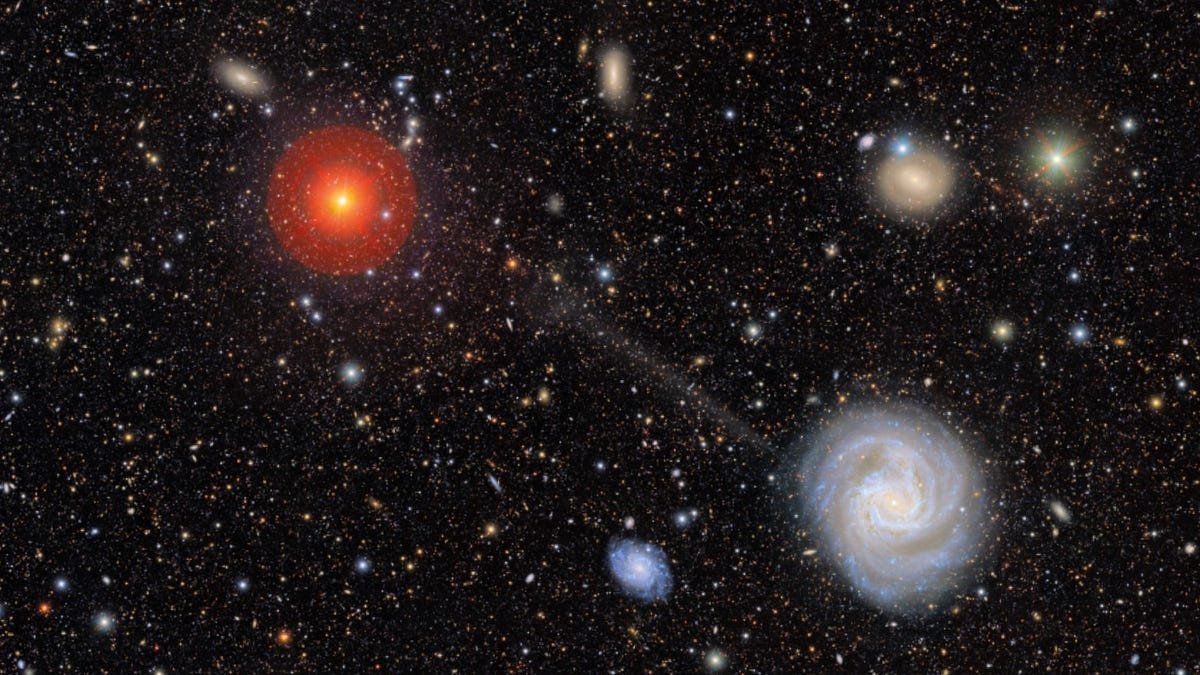
Ask Ethan: Can Weber bars detect gravitational waves? | by Ethan Siegel | Starts With A Bang! | Nov, 2025
We’ve now detected hundreds of gravitational waves with LIGO, Virgo, and KAGRA. What if we tried Weber’s original method in the modern day?
Here in our Universe, we have many different species of energy populating the spacetime we inhabit. There’s matter: both normal matter and dark matter, in all the forms they can take, from plasmas to stars to black holes to diffuse, fluffy haloes. There’s dark energy: a mysterious form of energy that appears to be inherent to the fabric of space itself, consistent with Einstein’s cosmological constant. And there’s also radiation: like photons of all different wavelengths and neutrinos when they move nearly at the speed of light. But gravitational waves, even though they aren’t represented by any component of the Standard Model of elementary particles, also exist in our Universe, and also behave as a form of radiation: an inherently gravitational one.
Originally theorized by Einstein way back when General Relativity was first put forth, gravitational waves were finally successfully detected, for the first time, back in 2015: a full 10 years ago. In the time since, we’ve expanded our total to several hundred detections, with more being discovered all the time in the current (fourth) observing run of…




